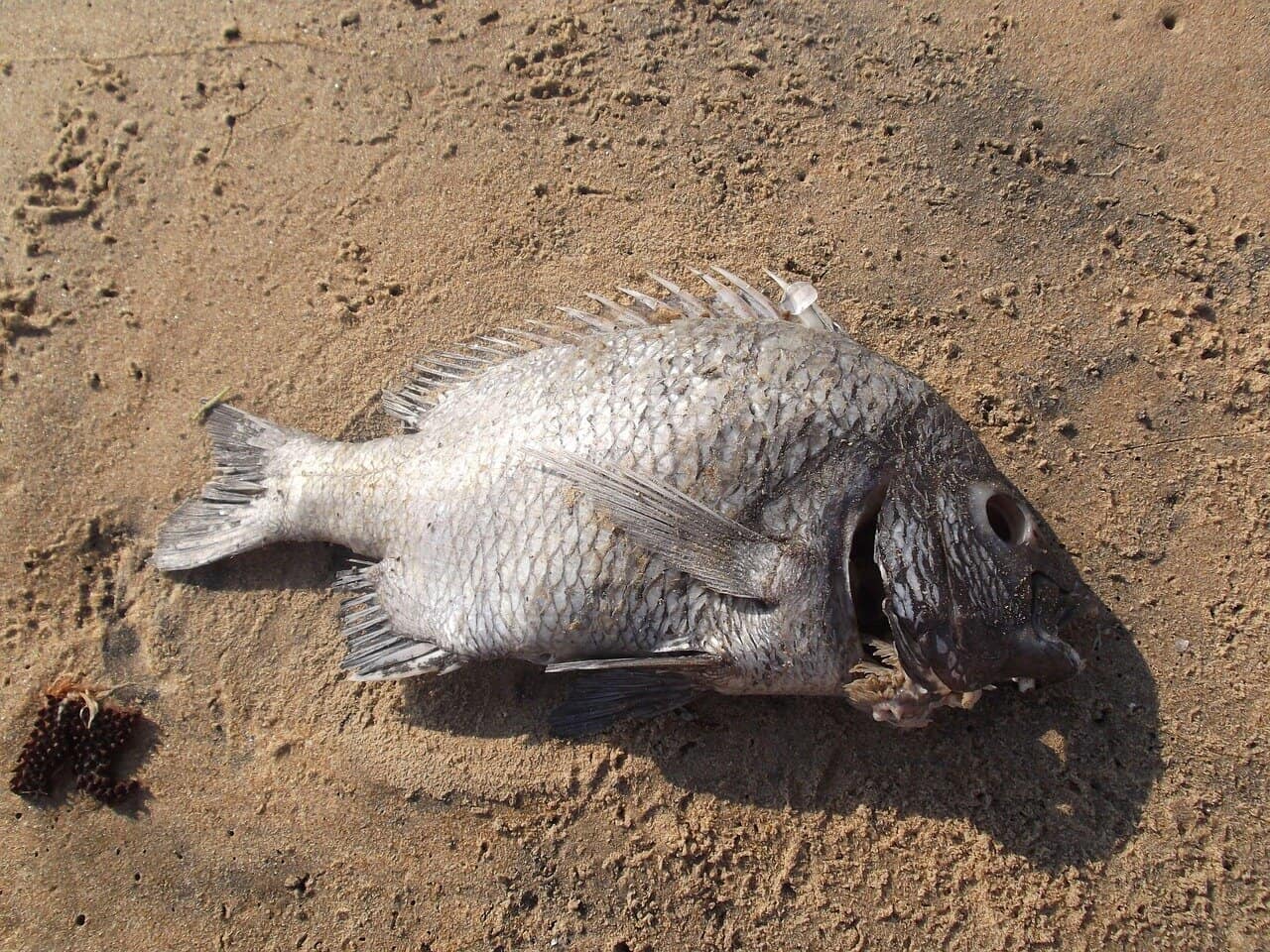In Costa Rica’s Caribbean lowlands, the Madre de Dios and Santa Marta lagoons in Barra del Pacuare, spanning Matina and Siquirres in Limón, are facing a devastating fish kill. Since we first reported about this, locals have reported hundreds of dead fish—snook, mojarra, tilapia, and more—washing up daily, likely due to chemical runoff from nearby banana and pineapple plantations. This marks the third such incident in 2025, with five reported in 2024, raising alarm among fishermen and residents.
María Arias, a researcher at the Regional Institute for Studies on Toxic Substances (IRET) at the National University, has monitored the lagoons for over a decade. On May 22, her team collected dead fish, water, and vegetation samples from Madre de Dios. “These lagoons are incredibly biodiverse, but intensive agriculture upstream is a major threat,” she said. Studies confirm pesticides like nematicides and herbicides, carried by rivers like Caño Azul during heavy rains, poison aquatic life, including endangered manatees.
Evelin Navarro, president of the Costa Rican Caribbean Fishermen’s Association, highlighted the toll on local livelihoods. “From Santa Marta to Barra del Pacuare, over three kilometers, we’ve seen countless dead fish. This is our third poisoning this year,” she said. The 100 families relying on fishing and tourism are hit hard. “Tourists don’t want to see dead fish. It’s embarrassing and hurts our reputation,” Navarro added.
The Ministry of Health, alongside the National System of Conservation Areas (SINAC) and local authorities, is investigating. Past incidents, like a 2003 fish kill, led to settlements with companies like Standard Fruit Co., but recovery takes years—five for fishing, four for tourism. Costa Rica’s eco-tourism image, promoted by the ICT, is at risk as these events expose the environmental cost of monoculture farming.
For locals like fisherman José Ugalde, the fight is personal. “This is our home, our income. We need action, not just studies,” he said. As investigations continue, the community hopes for stricter regulations to protect their lagoons and way of life.






